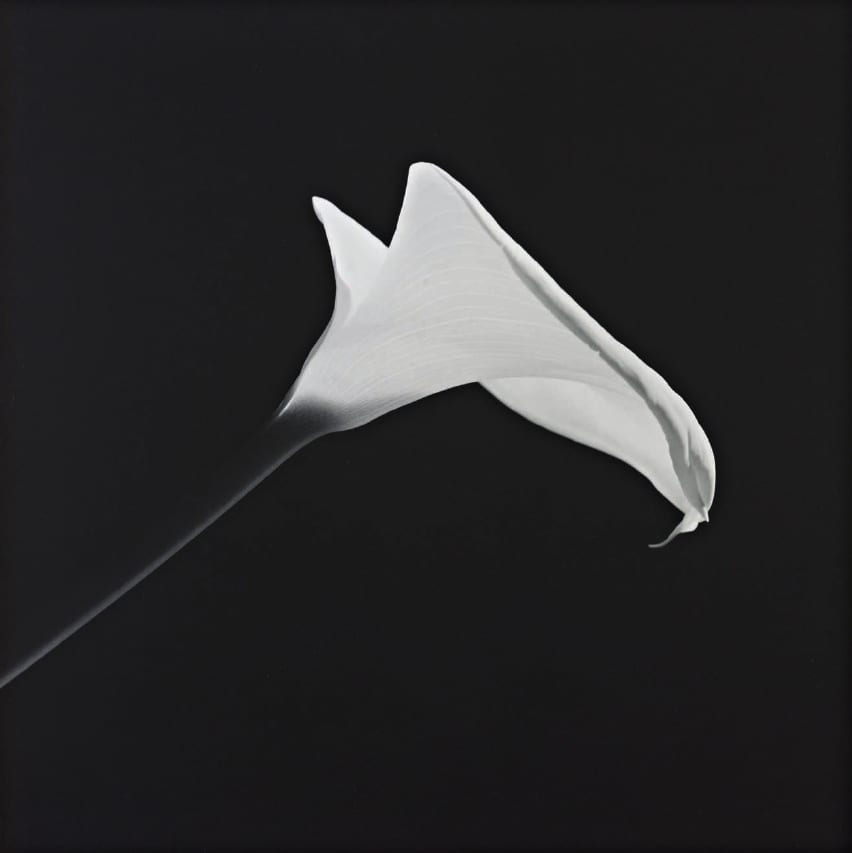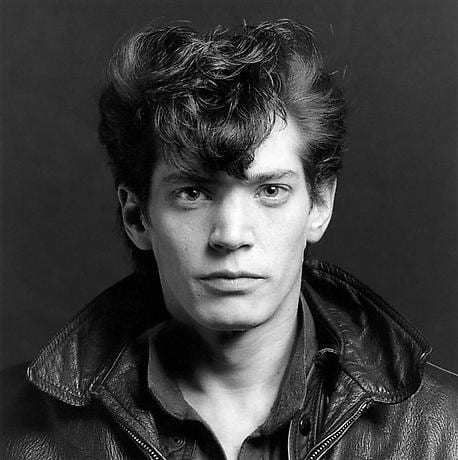Within the world of fine art, artists have often died before they gained recognition for their artistic talents and creativity. Masters, such as Vincent van Gogh, Johannes Vermeer and Paul Gauguin, created works that were considered ahead of their time either in terms of style, technique or subject matter.[1] Today, the same can be said about American photographer Robert Mapplethorpe.
Mapplethorpe is regarded as one of the most controversial artists of the second half of the 20th century. While depicting many subjects including children, flowers, celebrities and statues, he is best known for photographs depicting the 1970’s and 1980’s BDSM and LGBT communities of New York City.[2] His work has been the impetus of several lawsuits and controversies, which ultimately barred his work from exhibitions in some of the nation’s most prestigious museums. These disputes brought attention to the legal issues associated with censorship and obscenity. They also ignited a debate over public funding for the arts, how such funding should be allocated, and for what “type” of art.[3]
In 1989, the Corcoran Gallery of Art in Washington, DC was set to exhibit Mapplethorpe’s exhibit titled “The Perfect Moment.” The exhibition was a retrospective of some of Mapplethorpe’s best work, including classical nude portraiture, sexually evocative photos of flowers and five, now infamous, images depicting gay S&M culture. But once the Corcoran’s management saw the photos, it pulled the show from it’s exhibition calendar. The resulting fall out and protests of the exhibition led to the loss of a $1.5 million bequest to the gallery and the resignation of its director.[4] It also caused several members of Congress, encouraged by various religious organizations, to question the public funding for such exhibitions. Caught up in the controversy, the National Endowment for the Arts also came under fire over concerns that public funds were going towards the promotion and support of projects described as “nothing more than the sensational presentation of potentially obscene material.”[5]
In 1990, the controversy came to a head. Just months after Mapplethorpe passed away from the complications of HIV/AIDS, the Cincinnati Contemporary Art Center in Ohio, unlike the Corcoran, opened “The Perfect Moment” exhibit. The five S&M images and the overtly sexualized nature of the exhibition led the Hamilton County prosecutor’s office to charge the director of the Cincinnati Contemporary Art Center with obscenity. This was the first time criminal charges had been brought against a museum and its director in the United States. Ultimately, a jury found the museum director not guilty, but the charges brought an end to “The Perfect Moment’s” exhibition life.[6]
For over twenty years, no similar large-scale retrospective of Mapplethorpe’s work has been exhibited. Yet his work remained relevant in art history classrooms and among photography enthusiasts around the world.
(continue reading)

This year, due in part to the gradual shift in cultural tolerance towards more open discussions of gender, sexuality, and societal norms, Mapplethorpe’s photos are being reintroduced to the general public. Today, many of the themes and depictions in Mapplethorpe’s photos, while still considered edgy, do not evoke the same strong reactions they did in the late 1980’s and early 1990’s. Many art critics and museum professionals believe that it is the “perfect time to rediscover Robert Mapplethorpe” and reassess the artistic merits and beauty of his photography.[7]
Since January, there have been four distinctive projects announced to exhibit and reexamine some of Mapplethorpe’s most controversial works. Phaidon Press, one of the leaders in creative art content publishing, is set to release a new book entitled Mapplethorpe Flora: The Complete Flowers. This book is the first definitive collection of Mapplethorpe’s flower series. Throughout his career, Mapplethorpe studied and photographed flowers. While not as overtly controversial as his other works, these photographs are often regarded as his most elegant and subliminally erotic works.[8] Next, an HBO documentary is set to premiere April 4, 2016, which will chronicle the artist’s life and career through stories and testimonials from some of his friends and muses including Patti Smith, the late Andy Warhol, Debbie Harry of Blondie, Fran Lebowitz, and Brooke Shields.[9] Finally, Mapplethorpe’s work will receive the exhibition that it was denied 25 years ago. A partnership between the Los Angeles County Museum of Art (LACMA) and the J. Paul Getty Museum in Los Angeles, California, will present a new joint exhibition called “The Perfect Medium.” The show will present over 300 of Mapplethorpe’s photographs, videos and mixed-media works spanning the entirety of his career, including those thought so many years ago to be too controversial for exhibition.[10]
With so many firsts for Robert Mapplethorpe’s work, it is a time to not only assess and celebrate where we as a culture have come in terms of acceptance and equality, but also to look at the legal issues of obscenity and censorship within fine art and where our current laws stand in terms of restricting access and the creation of artistic expression.


